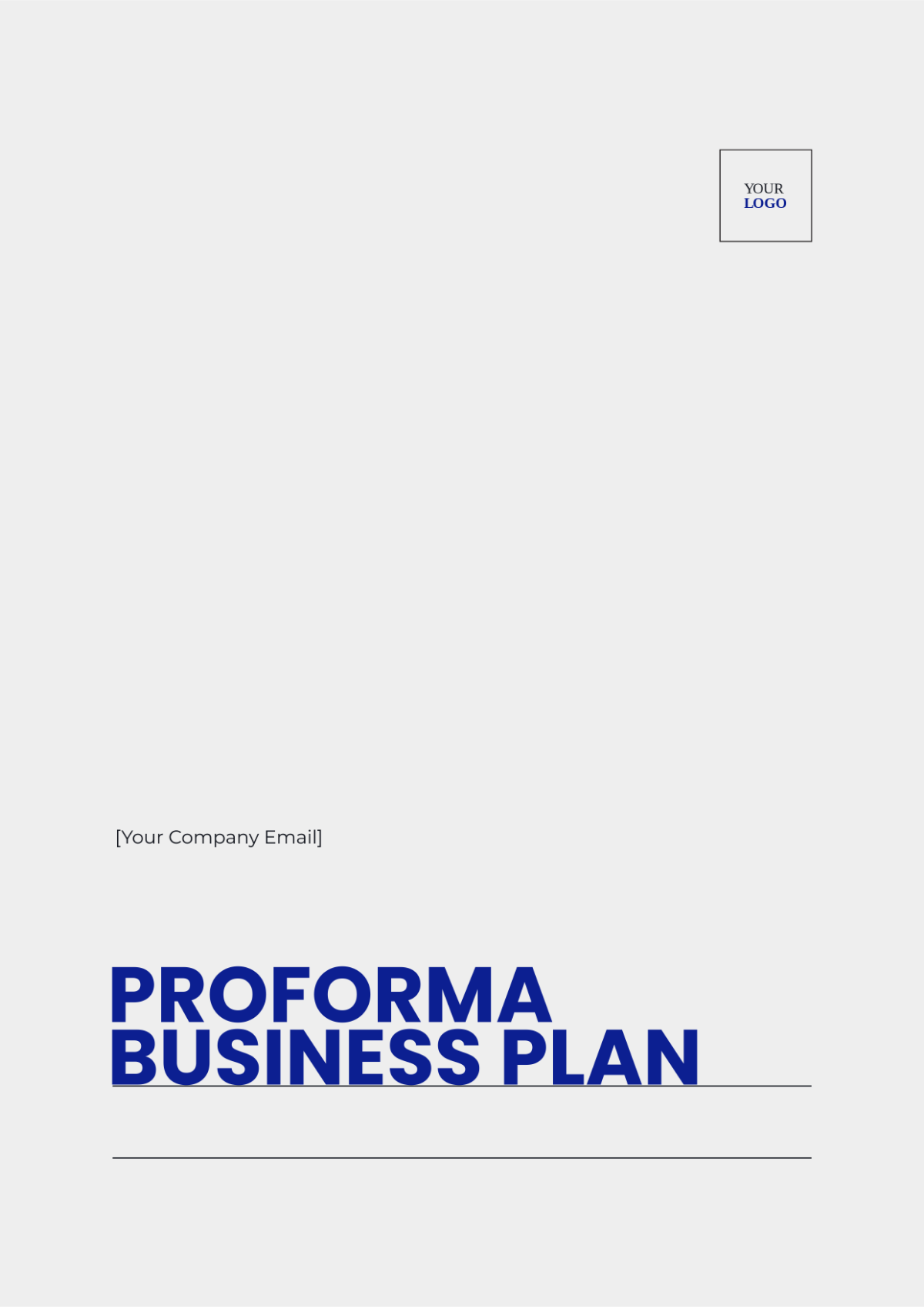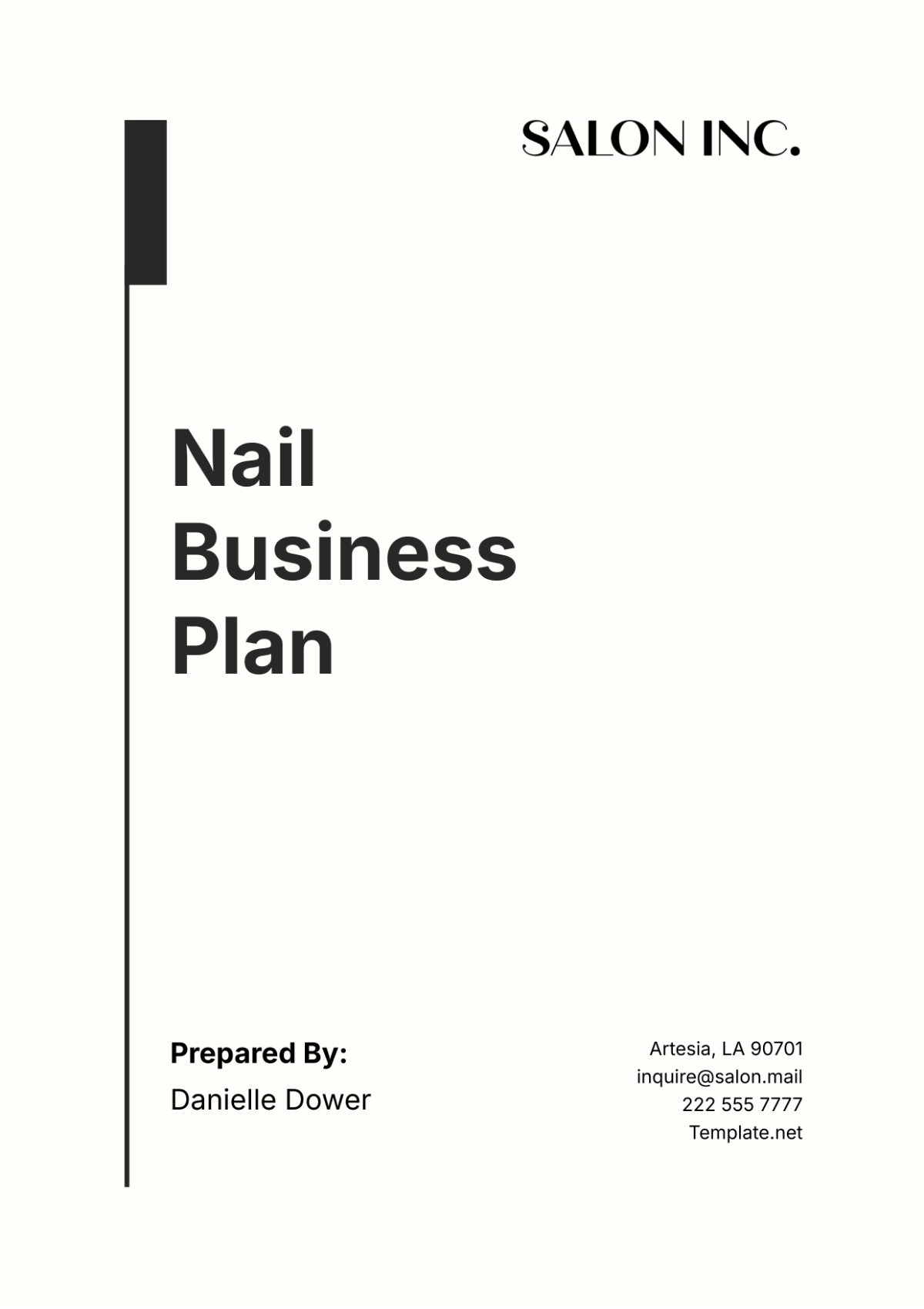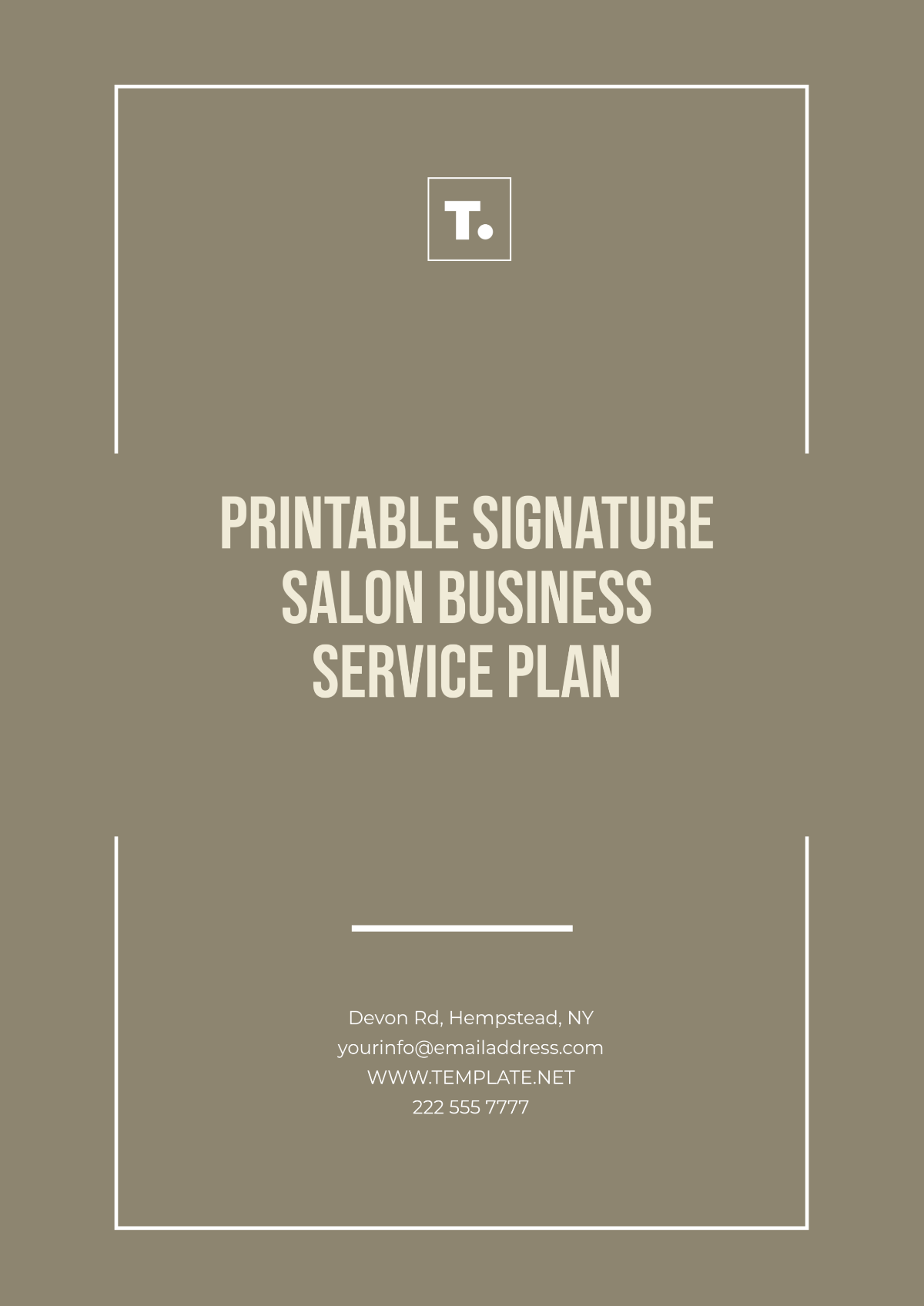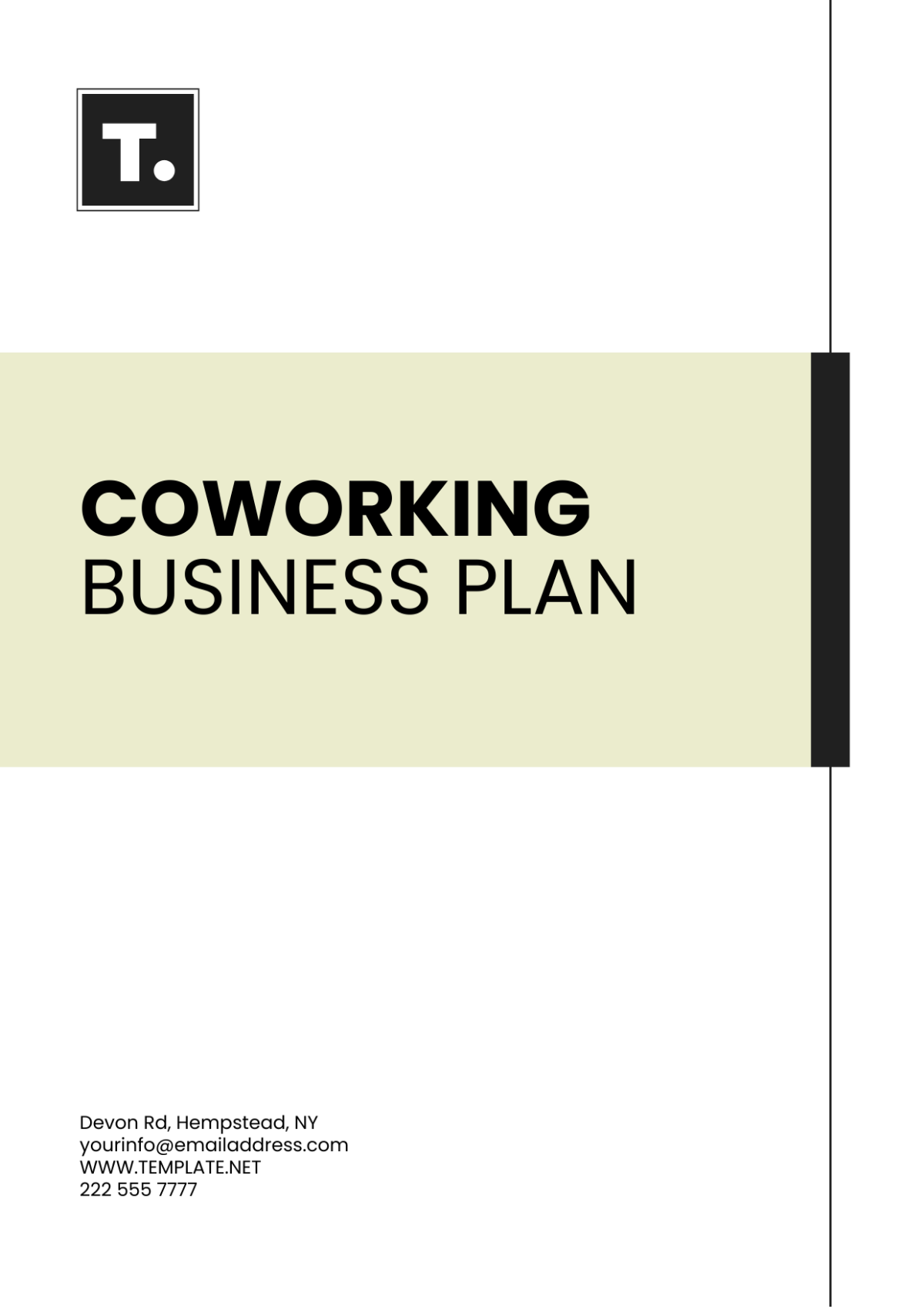Computer Hardware Reseller Business Plan
I. Executive Summary
[Your Company Name] is poised to enter the thriving market of computer hardware resale, capitalizing on the growing demand for reliable, high-performance components and accessories. With a focus on customer satisfaction, competitive pricing, and strategic partnerships, we aim to establish ourselves as a reputable player in the industry.
II. Business Description

[Your Company Name] will operate as a specialized retailer of computer hardware, offering a wide range of products including CPUs, GPUs, motherboards, RAM, storage devices, peripherals, and accessories. Our target market encompasses both individual consumers and businesses seeking quality components for their computing needs.
III. Market Analysis
The computer hardware industry is experiencing robust growth, driven by factors such as technological advancements, increasing digitalization, and rising demand for gaming and specialized computing systems. With an expanding market size and evolving consumer preferences, there are ample opportunities for new entrants like [Your Company Name] to carve out a niche.
IV. Marketing Strategy
A. Brand Positioning
[Your Company Name] will position itself as a trusted provider of high-quality computer hardware components and accessories. Our brand will emphasize:
Reliability: Offering genuine, reputable products to ensure reliability and performance.
Expertise: Providing knowledgeable assistance and technical support to meet diverse customer needs.
Value: Offering competitive pricing without compromising on product quality or customer service.
B. Target Market
Our primary target demographic includes:
Enthusiast gamers seeking high-performance components
Small to medium-sized businesses in need of reliable hardware solutions
DIY enthusiasts looking to build custom PCs
C. Marketing Channels
To reach our target audience, we will utilize a multi-channel marketing approach, including:
Online Presence: Establishing a user-friendly e-commerce website and leveraging social media platforms for engagement and promotion.
Local Advertising: Partnering with local tech communities, sponsoring events, and distributing flyers to raise brand awareness.
SEO and SEM: Implementing robust SEO strategies and targeted online advertising to enhance visibility and attract organic traffic.
V. Sales Strategy
[Your Company Name] will differentiate itself through:
Product Quality: Offering reputable brands and ensuring product authenticity and reliability.
Competitive Pricing: Implementing competitive pricing strategies to attract price-sensitive customers.
Exceptional Customer Service: Providing personalized assistance, technical support, and after-sales services to enhance the overall customer experience.
VI. Financial Projections
A. Startup Costs
Inventory procurement: $50,000
Website development and maintenance: $10,000
Marketing and advertising: $20,000
Rental space and utilities: $15,000
Miscellaneous expenses: $5,000
B. Revenue Forecast
Based on market analysis and projected sales, we anticipate revenue of $500,000 in the first year, with a growth rate of 10% annually.
VII. SWOT Analysis
A. Strengths
Wide Product Range: Offering diverse computer hardware components and accessories.
Strategic Partnerships: Accessing high-quality products at competitive prices through partnerships.
Exceptional Customer Service: Providing personalized assistance and technical support.
B. Weaknesses
Limited Brand Recognition: Facing challenges in building brand awareness.
Supplier Dependence: Vulnerability to supply chain disruptions and pricing fluctuations.
High Initial Investment: Requiring substantial startup capital for inventory and marketing.
C. Opportunities
Growing Market Demand: Expanding market driven by technological advancements.
Niche Market Expansion: Exploring specialized segments for revenue growth.
E-commerce Growth: Utilizing online platforms for wider reach and sales expansion.
D. Threats
Competition from Established Players: Facing competition from established retailers.
Technological Obsolescence: Risk of inventory becoming obsolete due to rapid advancements.
Economic Uncertainty: Impact of economic fluctuations on consumer spending behavior.
VIII. Risk Analysis and Assessment
A. Market Risks
Competition: Intense competition may affect market share and profitability.
Market Saturation: Saturated market conditions could limit growth opportunities.
Technological Obsolescence: Rapid advancements may render inventory obsolete.
B. Operational Risks
Supply Chain Disruptions: Disruptions could impact inventory availability.
Quality Control: Ensuring product authenticity and customer satisfaction.
Regulatory Compliance: Adhering to industry regulations to avoid legal issues.
C. Financial Risks
Cash Flow Management: Ensuring adequate cash flow for operations.
Profit Margins: Fluctuations due to pricing pressures or unforeseen expenses.
Financial Fraud: Mitigating risks through robust internal controls.
D. Strategic Risks
Dependency on Partners: Relying on key suppliers or partners.
Expansion Challenges: Risks associated with entering new markets.
Brand Reputation: Protecting brand image amidst competition.
IX. Conclusion
With a comprehensive business strategy, a focus on customer satisfaction, and a commitment to excellence, [Your Company Name] is poised for success in the competitive landscape of computer hardware resale. By delivering value, fostering strategic partnerships, and staying abreast of industry trends, we are confident in our ability to achieve long-term growth and profitability.

















































